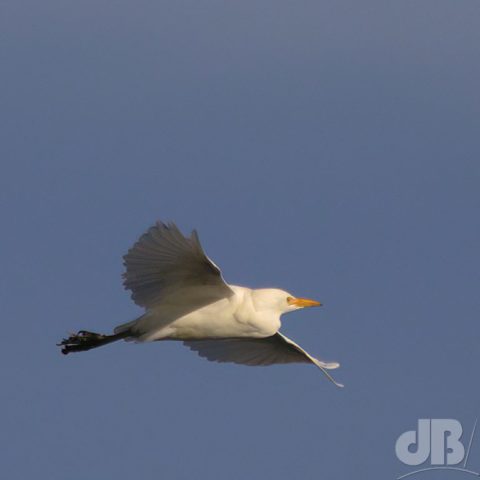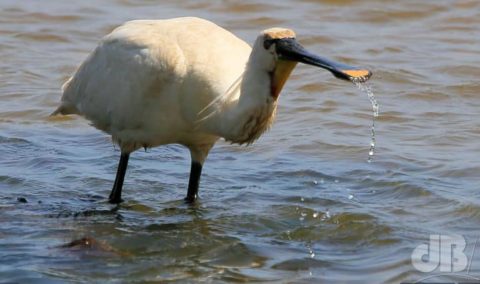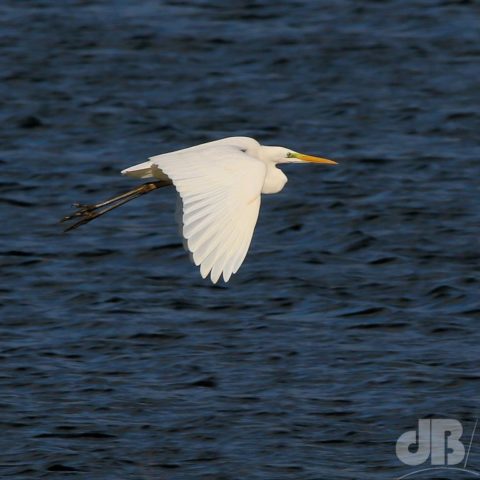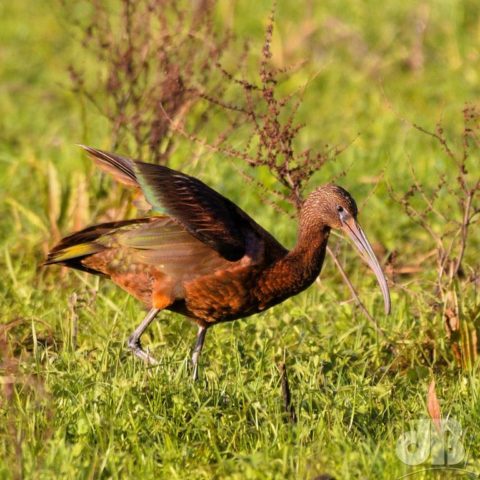A Cattle Egret (Bubulcus ibis) flew into Berry Fen when we visited a couple of days ago to settle among the eight Little Egrets feeding there. In so doing it spooked two of the six Glossy Ibis that were feeding on the edge of a flooded area and they flew off to join four others of that species.

Apparently, there were fifteen additional Cattle Egret in a flock on the same patch the day after we visited, which is the largest recorded gathering of this species in Cambridgeshire. A county record, in other words. The bird is ostensibly an African species that has been extending its range over the last decade or two because of habitat opportunity and climate change.
UPDATE: There were a record 57 Cattle Egret at this site at the beginning of November. I have also now seen four at RSPB Ouse Fen on the Reedbed Trail side close to Over.

UPDATE: Four Spoonbills at Kingfisher Bridge Nature Reserve during November 2021. 15 February 2022: Spoonbill at Smithy Fen.

Back in the early 1990s when we visited Botswana and Zimbabwe we saw lots of egrets and then were very surprised to see one or two on the North Norfolk coast in subsequent years. Little Egrets are, almost 30 years later rather commonplace. Similarly, the Great White Egret is seen in many parts now and a sighting is no longer considered particularly notable. I heard that part of the reason is that there is an abundance of red swamp crayfish in the lakes of northern France which have provided a food source and hopping off point for this species. The presence of at least a couple of dozen Glossy Ibis on our patch during the last year or so, may similarly be due to individuals spreading their wings from a known breeding colony in Southern Spain. The experts may know more, but I don’t think anyone knows for sure.
